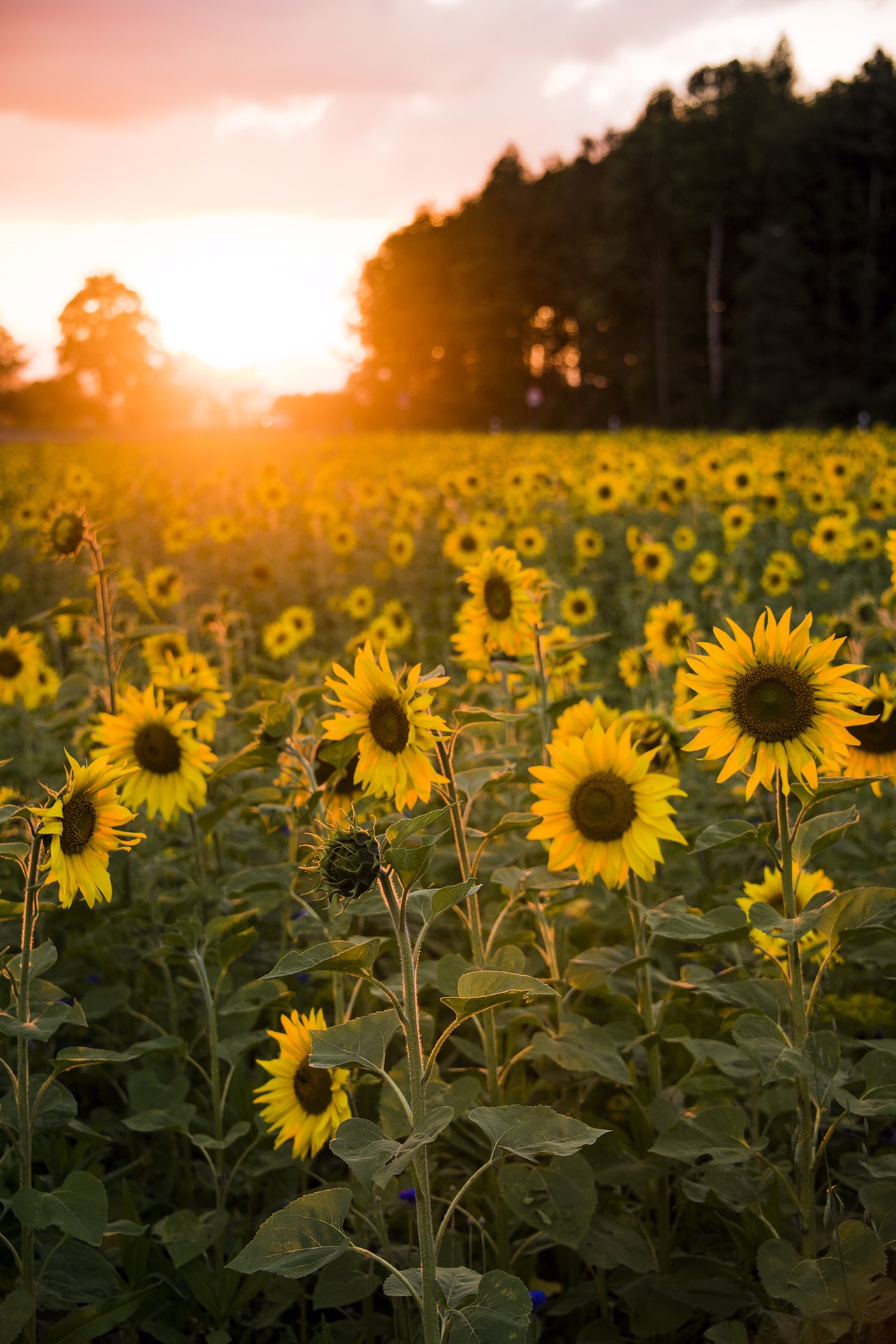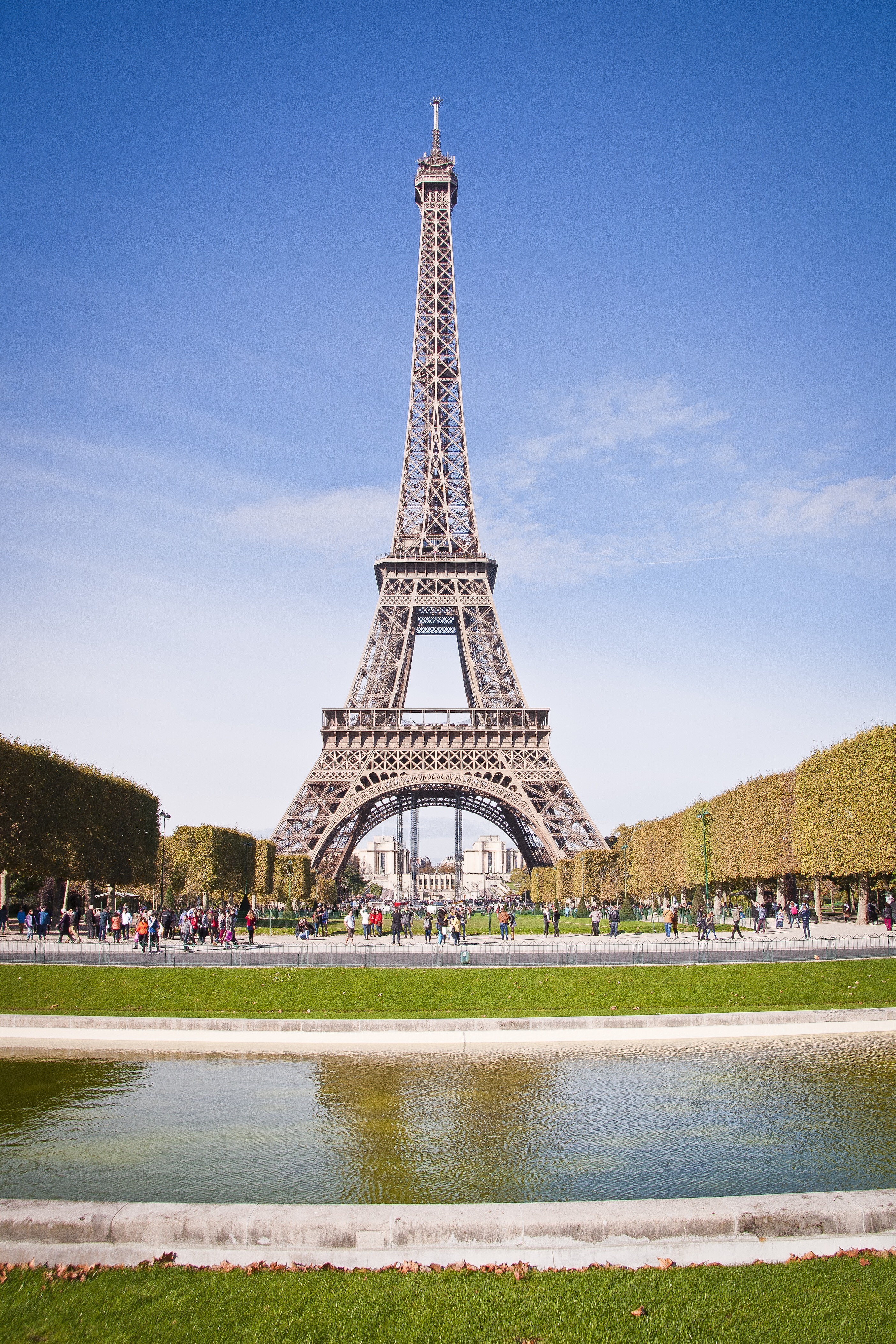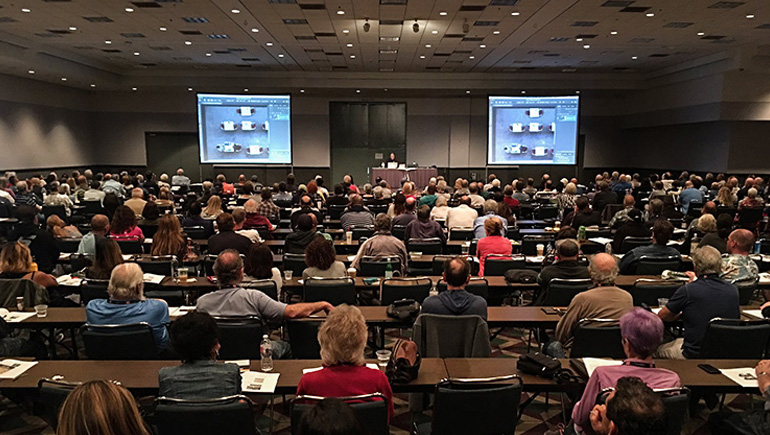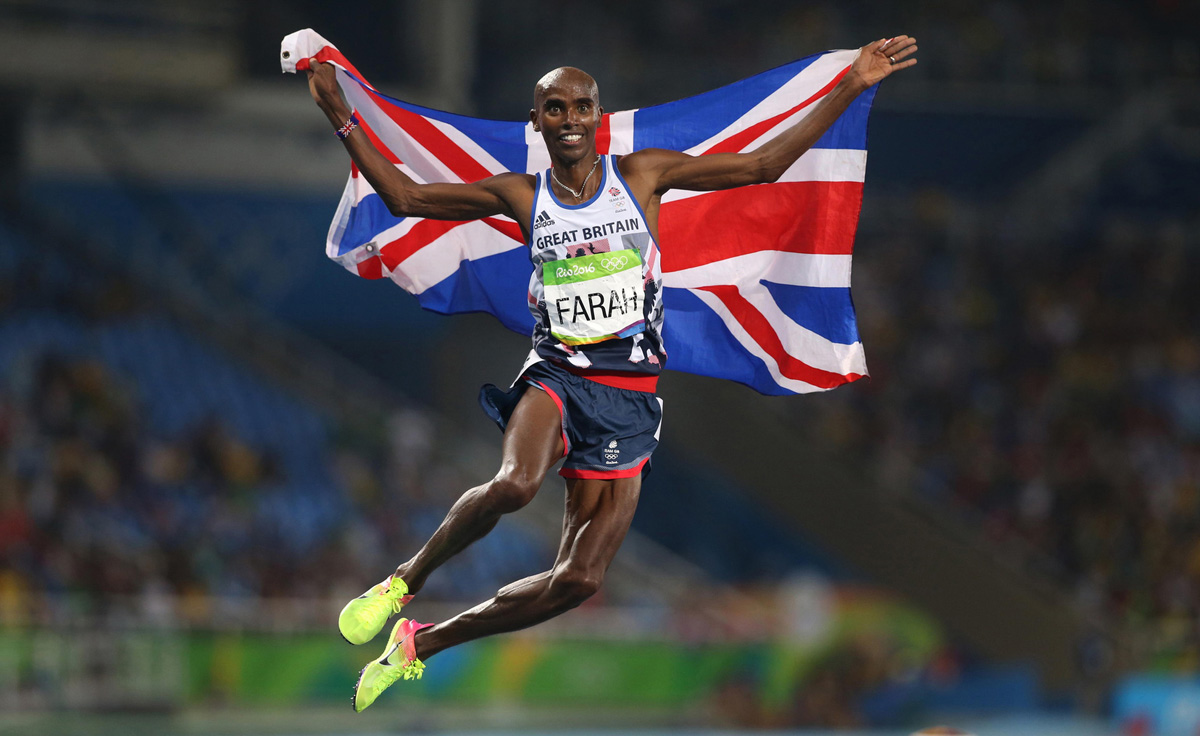My genre is travel, and I’ve spent years perfecting travel photography and learning the best ways to shoot travel. This week, I’m not going to share my killer tips with you on how to take better travel photos, but I’ll tell you how to take the best travel photos! There’s no point holding back, let’s get it done!
Think about the light
The easiest way to make your subject appeal to the complex, little, biological device that is the human eye is to think about the light. It’s the beautiful light that makes the image over the subject. Take this example:
In this photo above, we have an indistinct field of sunflowers. It’s in Germany, but it doesn’t matter where it is, and I’ll bet the farmer who owns this field wouldn’t even recognise it in the photo. The next photo is of one of the world’s most recognisable places, but the light makes it much less attractive despite our brains being wired to like familiar things. The difference that the right light can make is amazing. Consider the time of day, and the position of the sun (or other light source). Trust me in saying there’s no time like sunrise—people are still in bed, the atmosphere tends to be calm, the colours (not colors) tend to really pop, and for the photographer, the resulting image can be a huge reward and a great start to the day.
Redesign familiarity
Let’s take the Eiffel Tower, again. Google it, and you’ll find 61.5m results, most of which look pretty similar to one another. That’s the crowd, and you need to stand out among it! It’s a pretty big challenge and to overcome it, we absolutely must be original. That means be creative with our perspective, our content, composition, light, focus point, everything! If we can capture a place along with a person and/or a thing, then we stand a half decent chance of changing things and even becoming the rose (British reference. Go team!) among the thorns. Here’s what I mean…
This is a shot I took (which Scott stole—he must’ve read Glyn Dewis’ book) in Paris a few years ago, giving a different view of the Eiffel Tower.
Twist into portrait
Taking a tall photo, rather than a landscape one, will work wonders with many scenes and gain much more attention in today’s smartphone-oriented world. The days where most people look at photos in landscape mode on a desktop or laptop computer screen are passing, and now it’s far more likely that your photo, when viewed online, will be portrait-oriented on the screen of a phone or tablet. And, if you want to go so far, let’s not forget that magazine covers are set that way, too. When we scroll through Instagram, we are far more likely to engage and react to a photo which fills the screen, for example.
Emphasise the person
When you take a portrait, make sure it really is a portrait. Capture the person and make sure the photo is all about them in any and every way you can. If you choose to reflect their character, their location, their emotion, make sure their personality comes with it and that the photo evokes thought about the subject with your viewer. If you present someone in your photo and the viewer goes away wondering about their back story, then you’re winning.
Think about your composition
Look, then think, then look, then think—just make sure you’ve really nailed the composition. Take a look around, suck in what surrounds you, look for leading lines, look for foreground elements, break things up into threes or into spirals. If you give yourself a second to think about what’s going on and being more deliberate about your composition, your photo stands a much higher chance of catching people’s eye.
Research hard!
When you go somewhere new, and most of the places we go when shooting travel are new, it’s a very, very good idea to put in the time to research where you’re going. Learn the local stories, the specialties, the history, and find the best spots for your photos. Two of my preferred (and tried and tested) ways to do this are to get on Pinterest and Google Maps. There is a LOT of information out there from people who have been before, so make the most of their experiences and use their information. You’re doing it right now! On Pinterest, we find a whole variety of photos, articles, and tips on locations simply by searching the right keywords. We can save our favourite bits and pieces straight to our own board and build a plan from there. Once we know where we’re going, or at least where we think we’re going, we can save the destinations on Google Maps and even download an offline version of the area just in case our cell phone loses data while we’re there roaming. Put in the legwork beforehand, and be armed with knowledge, and don’t forget that there’s a reason they say “failing to prepare is preparing to fail.”
And that, my friends, is how to be the BEST travel photographer! Now that you’ve taken the photos, show them to the world!
You’re welcome ;)
Much love,
Dave








Great advice, very well considered and written, thanks for sharing.